Ekster, Alexandra
Ekster, Alexandra [Oleksandra; Екстер, Олександра; also Exter; née Grigorovich], b 6 January 1882 in Białystok, Hrodna gubernia, d 17 March 1949 in Fontenay-aux-Roses near Paris, France. Avant-garde painter and theatrical set designer and costume designer working within the currents of cubism, cubo-futurism, suprematism, and constructivism. Born into a wealthy family (her father was Belarusian and her mother was Greek), Ekster grew up in Kyiv where their parents moved soon after her birth. In 1906 she graduated from Kyiv Art School where she studied under Mykola Pymonenko together with, among others, Oleksander Bohomazov and Alexander Archipenko. From 1908 to 1924 she intermittently lived in Kyiv, Saint Petersburg, Odesa, Paris, Rome, and Moscow, but she played a particularly important role on the Kyiv art scene. Her painting studio grouped Kyiv’s artistic and intellectual elite, including artists Oleksander Bohomazov and Vladimir Baranoff-Rossine, set designers Vadym Meller and Anatol Petrytsky, poets and writers Anna Akhmatova, Ilia Ehrenburg, and Osip Mandelstam, dancers Bronislava Nijinska and Elsa Kruger, theater director Les Kurbas, and many others. In 1908 she participated in an exhibition organized in Kyiv by Davyd Burliuk and Volodymyr Burliuk together with other members of the group Zveno (Link).
In Paris, Ekster was a personal friend of Pablo Picasso, Georges Braque, and Gertrude Stein. In 1914, she participated in the Salon des Indépendants exhibitions together with Kazimir Malevich, Alexander Archipenko, Vadym Meller, Sonia Delaunay-Terk and other French, Ukrainian, and Russian artists. In the same year she participated with the Archipenko, Koulbine and Rozanova in the International Futurist Exhibition in Rome.
Exter’s early paintings featured elements of cubism, futurism (cubo-futurism), and the Art Deco movement. In 1915 she joined the group of avant-garde artists Supremus and created a series of suprematist paintings. Later her set designs featured elements of constructivism. In general, her art absorbed influences from a variety of sources and cultures. She was particularly fascinated, however, with the Ukrainian folk art and in 1915–6 she organized the peasant craft cooperatives in the villages Skoptsi and Verbivka which produced, among others, kilims based on Kazimir Malevich’s suprematist designs. Ekster brought the colourful palette of the Ukrainian folk art into thus far monochromatic cubist paintings. Proclaiming a close affinity between the avant-garde and folk art, Ekster exhibited her works together with a Ukrainian naive artist Hanna Sobachko-Shostak and other folk painters. In 1918–20 she run a teaching and production workshop (MDI) in Kyiv, where Vadym Meller, Anatol Petrytsky, Klyment Redko, and other prominent artists worked. During that time she was also one of the leading stage designers for Alexander Tairov’s Chamber Theatre in Moscow and became famous for her costume designs for theater productions in Kyiv, Saint Petersburg, Moscow, and Paris.
In 1924 Ekster emigrated to France and settled in Paris, where she initially became a professor at the Academie Moderne. From 1926 to 1930 she was a professor at Fernand Léger’s Académie d’Art Contemporain. In 1933 she began creating illuminated manuscripts (gouache on paper) and worked as a book illustrator. She continued to exhibit her works in Paris and New York and maintained particularly close relations with artists from Ukraine.
Marko Robert Stech
[This article was written in 2016.]
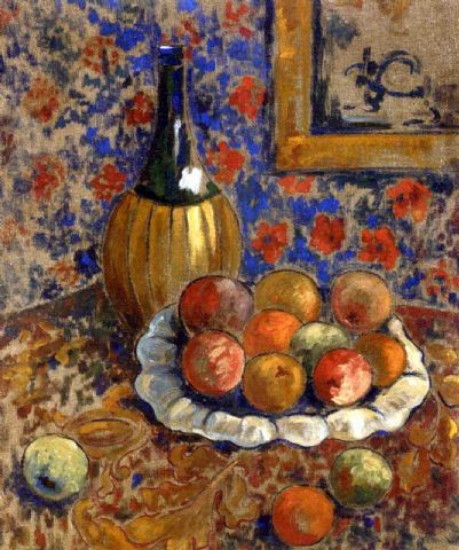
.jpg)
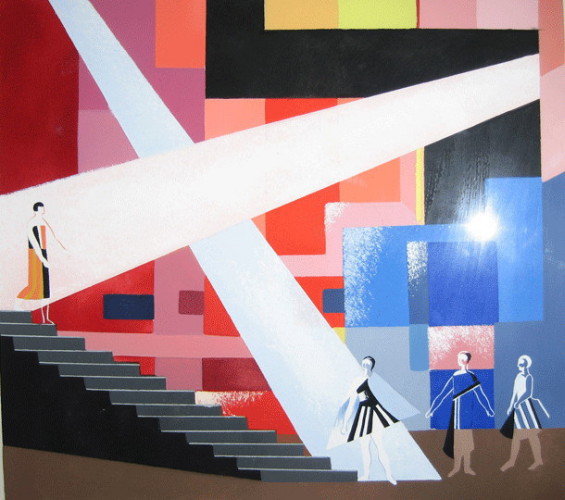
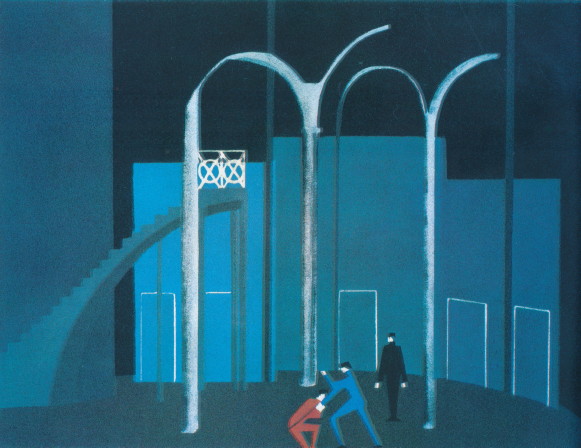
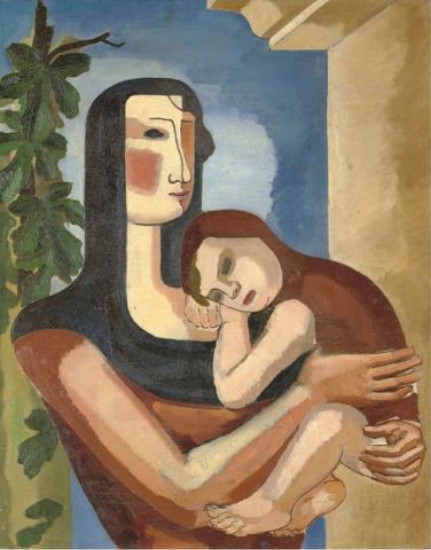
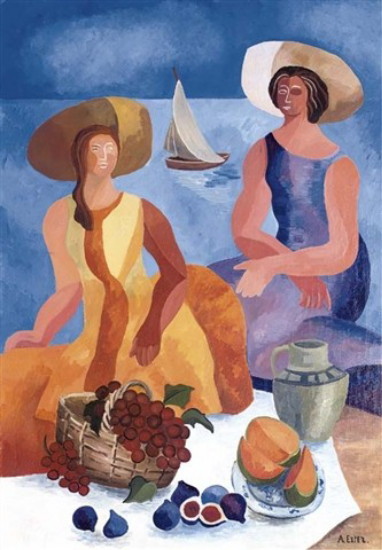
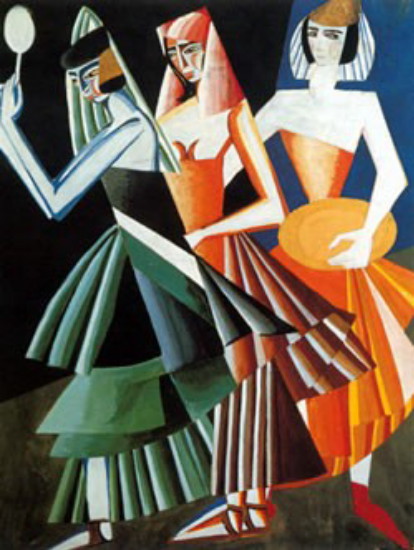

.jpg)